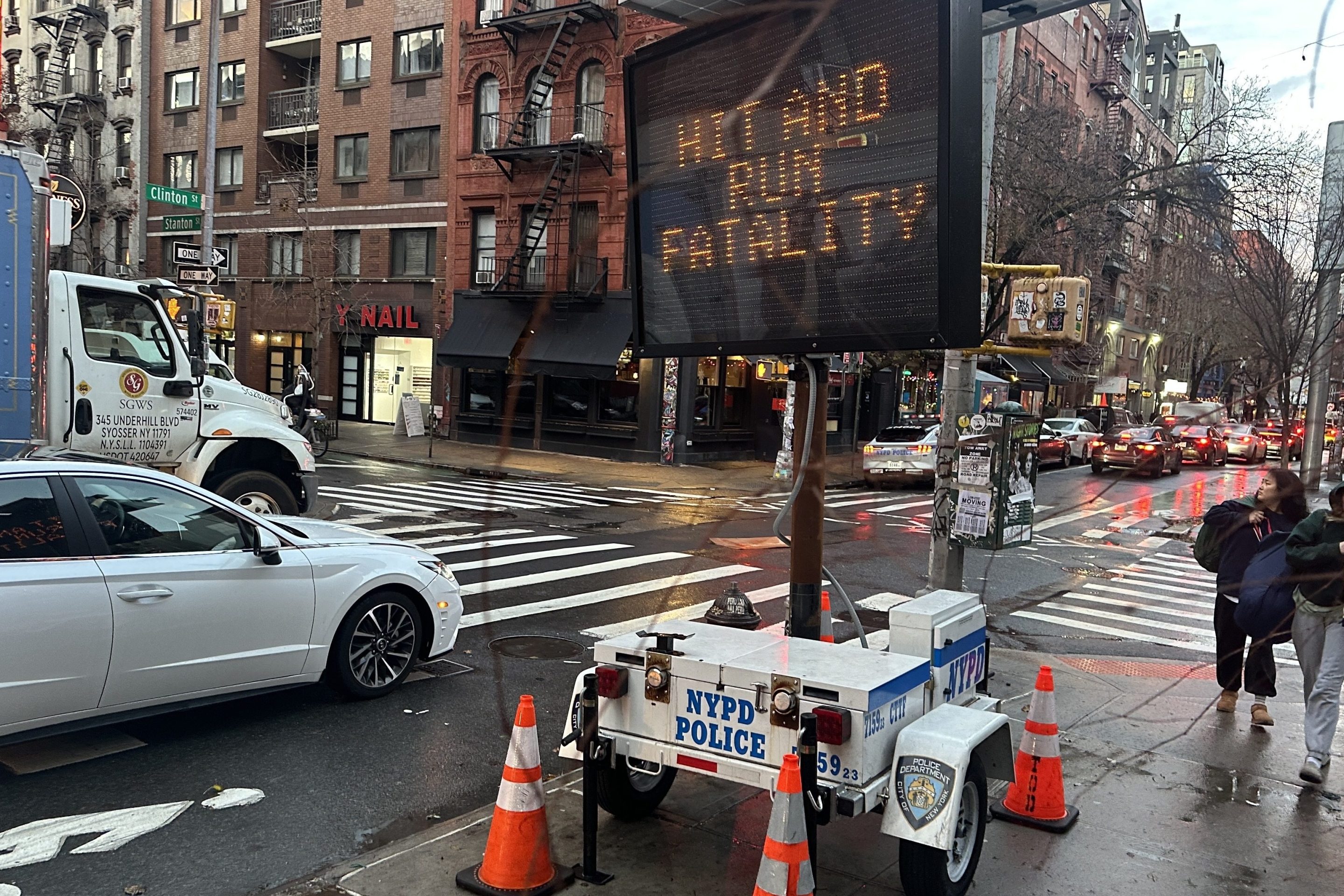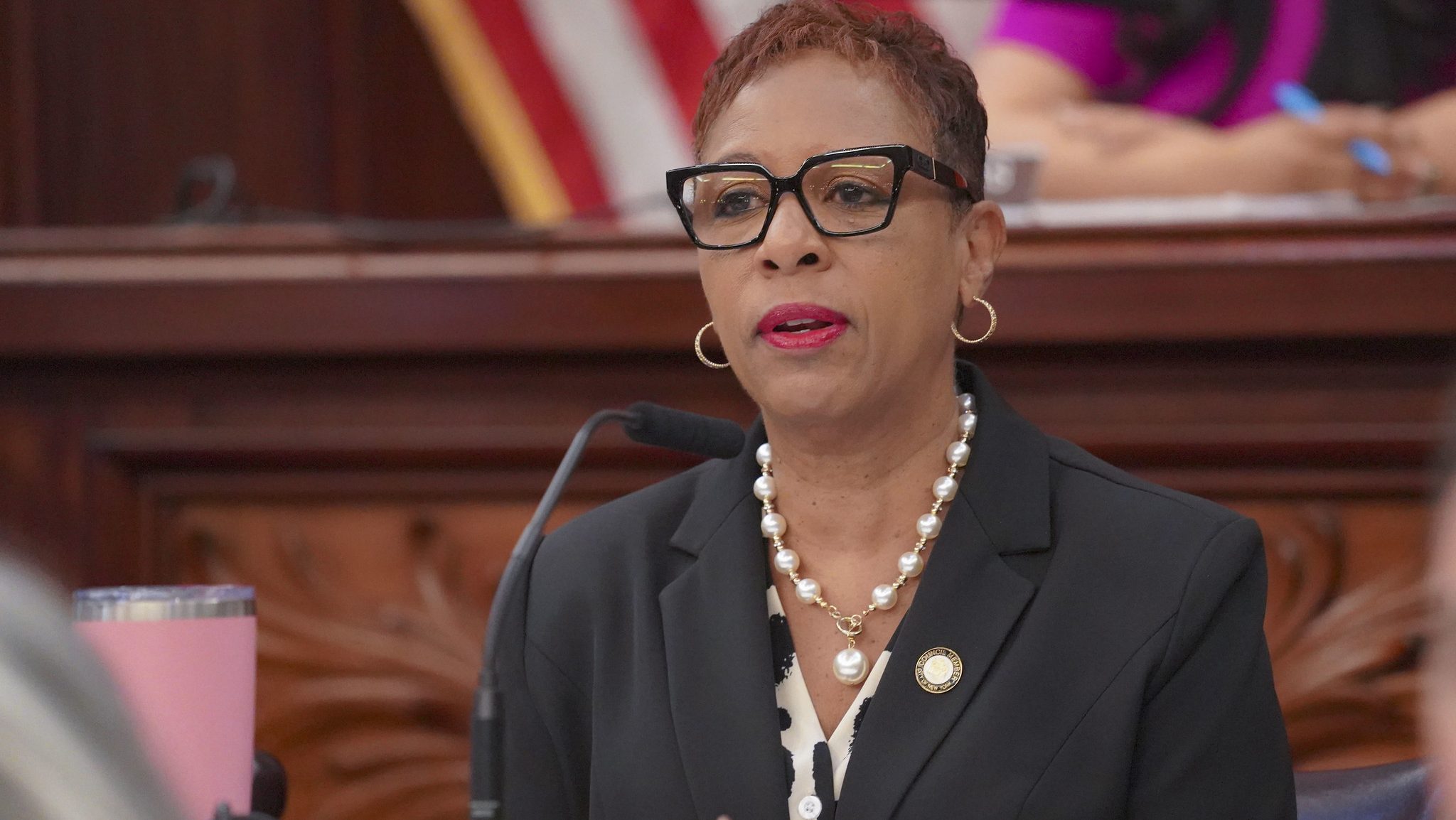![A reconstruction project will add pedestrian plazas to Empire Boulevard, including this one at Remsen Avenue. Images: DOT [PDF]](https://lede-admin.nyc.streetsblog.org/wp-content/uploads/sites/48/2015/09/remsen_before_after.png?w=710)
Dangerous intersections at each end of Empire Boulevard, which stretches east-west across the southern edge of Crown Heights, are set for some major new pedestrian space.
A street reconstruction project will reconfigure the area where Empire Boulevard, East New York Avenue, Remsen Avenue, and Utica Avenue converge. There, DOT will reroute traffic, creating a new pedestrian plaza. Similar changes are coming to the intersection of Empire Boulevard, Franklin Avenue, and Washington Avenue.
From 2009 to 2013, there were 490 injuries at the two locations combined, including 29 serious injuries, placing them in the most dangerous 10 percent of Brooklyn streets, according to DOT [PDF].
The changes are part of a multi-agency capital project to rebuild utilities and roadbeds on both ends of Empire. The project will also repave the 1.5-mile street, which received a road diet, pedestrian islands and bike lanes in 2009.
Today, the intersections where Empire Boulevard meets Utica Avenue are a mess. East New York Avenue and Remsen Avenues slice diagonally across Empire, creating triangles surrounded by car traffic and forcing pedestrians to make multiple dangerous crossings.
DOT's proposal transforms Remsen between East New York and Utica into a pedestrian plaza, connecting an existing Greenstreets triangle to the sidewalk. It also adds neckdowns and enlarges another Greenstreets triangle between Empire Boulevard and East New York Avenue.
Just west of Utica, DOT plans to enlarge a Greenstreets triangle between Empire Boulevard and Lefferts Avenue. This would narrow, but not eliminate, the striped area where drivers merge from Lefferts onto Empire.
The agency is also creating a large triangle-shaped sidewalk extension on New York Avenue just west of Utica by filling in a gap between the sidewalk and a traffic island. DOT project manager Rich Carmona said it wasn't yet clear whether utilities beneath this triangle on New York Avenue would prevent the city from adding trees.
![The project will rebuild and redesign the areas in red, and repave the 1.5-mile stretch of Empire Boulevard in between. Image: DOT [PDF]](https://lede-admin.nyc.streetsblog.org/wp-content/uploads/sites/48/2015/09/maps.png?w=710)
At the western end of Empire, DOT will convert the short piece of Franklin Avenue between Washington Avenue and Empire Boulevard into a plaza. Currently this segment serves as a "slip lane" for drivers turning from northbound Washington to eastbound Empire. Curb extensions will also be installed on the north side of Empire at this intersection.
In some ways, the plan doesn't go as far as it could, particularly near Utica Avenue. Most diagonal streets through the intersection will continue to be used as slip lanes for turning drivers. Members of the audience at the Brooklyn Community Board 9 transportation committee, where the plan was presented Wednesday evening, also asked for additional pedestrian islands.
The plan, which has been in development since June 2013, got a thumbs-up in a 4-0 vote from the CB 9 transportation committee. It's expected to go before the full board next month.
The final design, which DOT and the Department of Design and Construction are developing with other city agencies, is expected to be complete by June. Construction, which includes water main replacement and utility work, is scheduled to begin in May 2017 and last for two years.





